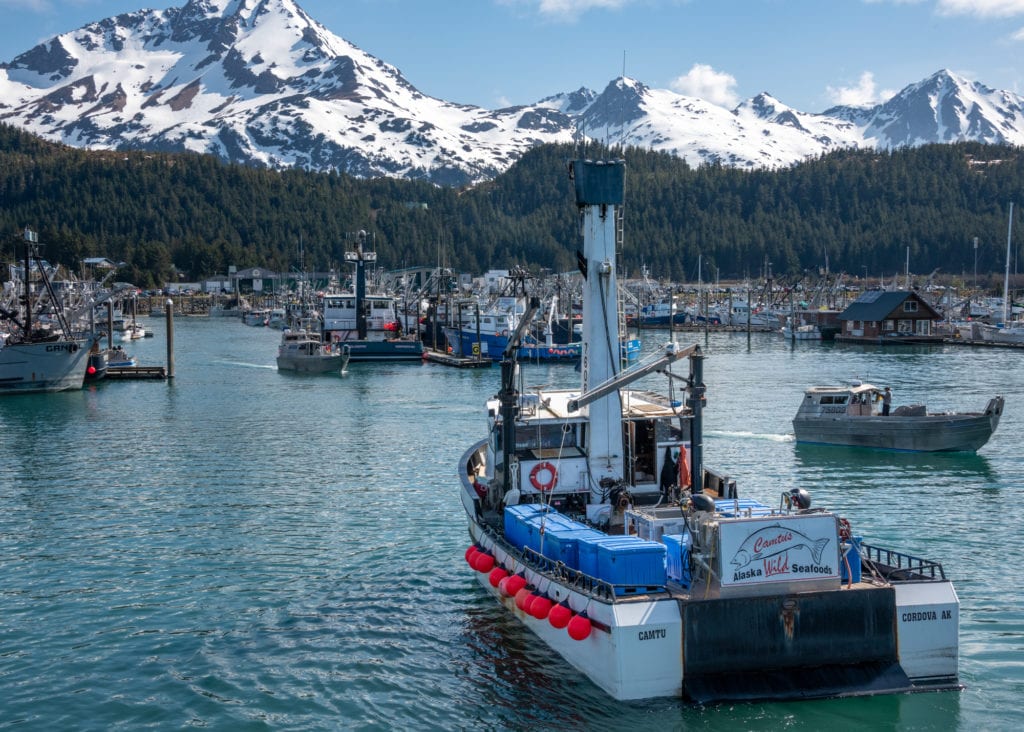
State fisheries managers are forecasting a decreased run of 724,000 to 1,869,000 wild sockeye salmon into the Copper River, plus a robust 10-28 million plus wild humpies into Prince William Sound for the 2021 commercial fishing season.
That would be 37.4 percent below the 10-year average for red salmon in the Copper River and 27.5 percent above the 10-year average for wild pinks in the Sound. The recent 10 odd-year average (2001-2019) Prince William Sound wild pink salmon total run is 15,053,000 fish.
The recent 10-year average (2011-2020) Copper River wild sockeye total run is 2,070,000 fish.
The Copper River wild Chinook salmon run is forecast at 22,000-53,000 kings, or 22.4 percent below the 10-year average of 48,000 fish, and Gulkana Hatchery production of sockeyes at 28,000 to 73,000 fish, or 81.1 percent below that same 10-year average.
On the bright side, the forecast for the wild sockeye run for Coghill Lake is 190,000-375,000 fish, which would be 45.4 percent above the 10-year average.
Also for Prince William Sound, the wild chum salmon run is forecast at 246,000-769,000 fish, or 4.7 percent above the 10-year average. The most recent 10-year average for wild chums in Prince William Sound is 485,000 fish
Last year in Prince William Sound the in-season harvest estimate was a little over 18 million fish
As always, biologists with the Alaska Department of Fish and Game noted, in forecasts released on Friday, Jan. 22, these forecasts are inherently uncertain and primarily used to gauge the magnitude of expected runs and set early season harvest management strategies.
AD&F biologists noted that Prince William Sound Aquaculture Corp., and the Valdez Fisheries Development Association provided additional forecasts for hatchery-specific stocks. Biologists also said that the agency will continue to manage Prince William Sound area commercial salmon fisheries in-season based primarily on the strength of salmon abundance indices including sonar counts, weir passage, aerial escapement surveys and fishery performance data.














